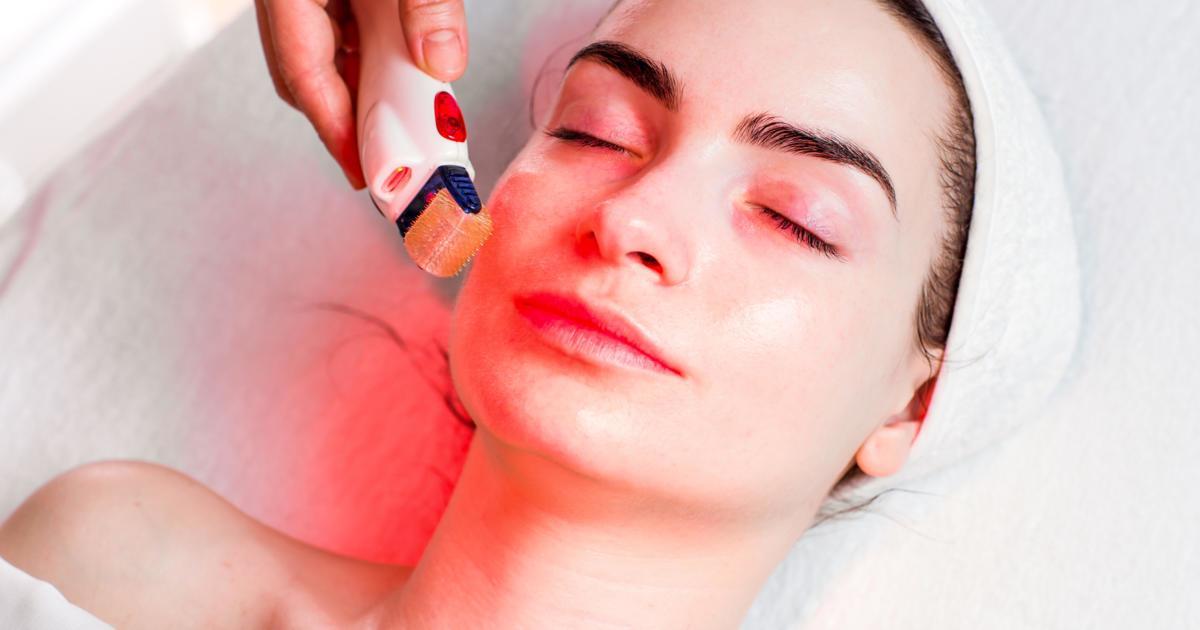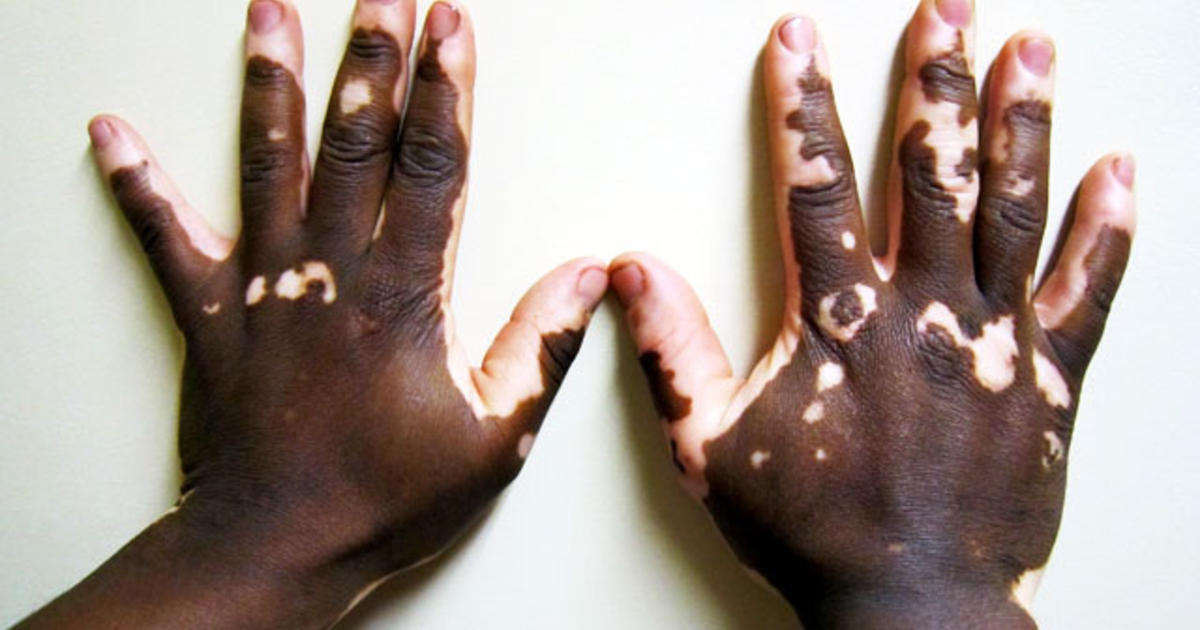How To Treat And Manage Vitiligo
Light Therapy

Vitiligo patients encounter a lot of ignorance in their daily lives and are often shunned by others who are afraid the condition is contagious, though it is not. A defect in the immune system almost certainly causes vitiligo. Light therapy has always been a first-line treatment for vitiligo, but results are mixed and unpredictable. Patients are often dissatisfied with both the results and the sheer time it takes to undergo phototherapy. For vitiligo patients with patches covering more than twenty percent of the body, there is a procedure called Narrowband UVB, which uses a very narrow band of the UVB light spectrum. Because it works quickly to stimulate the melanocytes to produce pigment, burning of the white patches avoided. The treatment can be administered in a doctor's office or at home. A doctor's note is necessary to purchase a Narrowband UVB unit for home use. The Narrowband UVB treatment is largely superior to the older PUVA phototherapy, which uses a medication called psoralen along with UVA light.
Discover more about treating and managing vitiligo now.
Depigmentation

A more drastic option for individuals with large white patches all over a large area is depigmentation. Rather than trying to re-pigment the white patches, this treatment focuses on removing the normal pigment still present in the areas of skin not affected by vitiligo. The chemical most commonly used for this is called monobenzone. Monobenzone, while often effective, can be irritating to the skin. Side effects include redness and itching. The chemical is usually applied daily for many months or even years. In fact, it can take up to two years for the full effect of monobenzone to appear. It may not be possible to match the vitiligo patches exactly, but patients are still often satisfied with the results. Once skin treated with monobenzone has lightened, the effects are permanent, though the patient will always need to be extra careful to limit sun exposure.
Continue reading now to learn how surgery can help with vitiligo.
